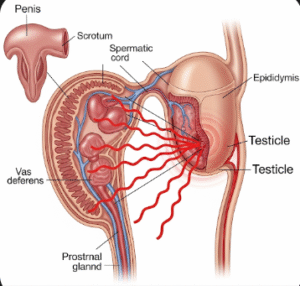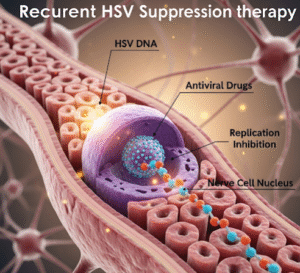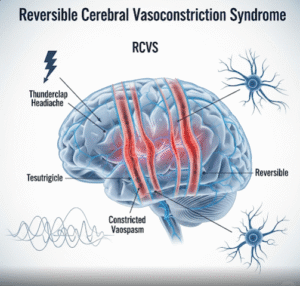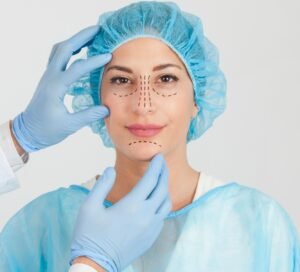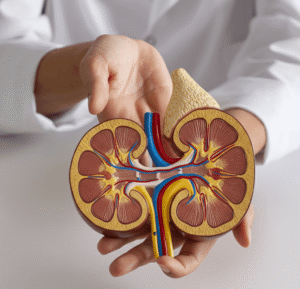What It Is
Chin Wing Osteotomy is an advanced facial bone surgery that reshapes the entire lower border of the mandible, including the chin and jawline. Unlike standard chin augmentation or sliding genioplasty, which affect only the chin tip, this procedure allows surgeons to contour the whole jawline for a sharper, more defined, and balanced appearance.
In Korea, this procedure is highly specialized and performed by facial contouring surgeons who use 3D imaging, virtual surgical planning, and precise bone-cutting techniques. The bone segments are repositioned and secured with plates and screws, ensuring stable and natural results.
Why It’s Done
Patients consider Chin Wing Osteotomy when:
- They want a more defined jawline and sharper lower face contour.
- They have a weak or retruded chin that makes their face look unbalanced.
- They have undergone chin implants or other surgeries but want a structural, permanent improvement.
- They want to correct jaw asymmetry or improve harmony between the chin, nose, and cheeks.
Good candidates are generally healthy adults with stable dental occlusion (bite alignment) and realistic expectations.
Alternatives
- Sliding genioplasty: Moves the chin tip forward or backward but does not reshape the jawline.
- Chin implants: A quicker option but less natural and less stable long term.
- Jaw angle reduction or contouring: Helpful if the main concern is width rather than chin length or projection.
- Non-surgical fillers or fat grafting: Temporary soft tissue solutions but no bone change.
Preparation
- Full consultation with imaging and facial analysis.
- 3D CT scans to study bone shape and nerve pathways.
- Medical clearance and lab tests.
- Stop smoking and avoid alcohol and blood-thinning medications weeks before surgery.
- Discuss desired outcomes with the surgeon using digital simulation.
How It’s Done
- Performed under general anesthesia.
- Intraoral incisions (inside the mouth) are used to avoid external scarring.
- The surgeon performs osteotomies (bone cuts) along the chin and lower jawline.
- Bone is repositioned, reshaped, or slid forward to create the desired contour.
- Titanium plates and screws are placed to secure the jawline in its new position.
- The surgery typically lasts 3–4 hours.
Recovery
- First week: noticeable swelling, bruising, and mild pain or numbness.
- A soft or liquid diet is recommended for the first 1–2 weeks.
- Stitches inside the mouth dissolve naturally.
- Light activities can resume in 1–2 weeks; strenuous activity is avoided for at least 6 weeks.
- Final results are seen after swelling subsides, usually within 2–3 months.
Possible Complications
- Temporary numbness or altered sensation in the chin and jawline.
- Asymmetry or uneven contour if healing is uneven.
- Delayed bone healing (rare).
- Infection at the incision site.
- Need for revision surgery in rare cases.
Treatment Options in Korea
Diagnosis
Korean clinics typically use 3D CT scans, digital photography, and virtual simulation to plan the surgery. These tools allow both patient and surgeon to visualize results before the procedure. A comprehensive evaluation ensures that bone proportions, symmetry, and functional aspects (like bite) are considered.
Surgical Treatments
- Chin Wing Osteotomy (standard approach): Reshapes the entire lower jawline and chin border for maximum definition.
- Modified Chin Wing Osteotomy: Adjusted for patients needing subtle refinement rather than dramatic change.
- Combined Osteotomies: May include sliding genioplasty, jaw angle contouring, or cheekbone reshaping for full facial balance.
- Custom 3D Guides: Some clinics use patient-specific surgical guides and plates for highly precise bone movements.
Complementary Procedures
- Neck liposuction to enhance the jawline definition.
- Masseter reduction (surgical or Botox) for slimming a wide jaw.
- Chin fat grafting or fillers for softer contouring when bone adjustment alone is insufficient.
- Orthognathic surgery if there are bite alignment issues in addition to cosmetic concerns.
Rehabilitation and Support
- Specialized post-operative care with swelling reduction treatments, such as cold compress therapy, lymphatic drainage, and anti-swelling medication.
- Scar management, although incisions are inside the mouth and not visible.
- Long-term monitoring of bone healing with follow-up scans.
- Dedicated patient coordinators for international clients, including translation services, recovery planning, and extended aftercare support.



